
29
Section 1 - Outdoor Furnace Installation
Pool and/or Hot Tub Heating
Valves should be installed so the heat exchanger can be
isolated and bypassed when shock-treating or adding
chemicals to a pool or hot tub (Fig. 34). Incorrect
chemical concentrations can cause rapid corrosion to
the heat exchanger. Bypassing the heat exchanger is
recommended until the pH has stabilized between 7.2
and 7.8.
If the swimming pool or hot tub is salt water treated, the
heat exchanger should be a shell and tube type (p/n 148,
151 or 177). See the Hydronic Component Selection
Guide (p/n 2482) for more detailed information.
CAUTION
Do not install a swimming pool heat exchanger
inside a home or building below the level of the
pool as a damaged heat exchanger may result in
extensive flooding and draining of the pool.
WARNING
Do not use automotive or ethylene glycol
antifreeze in an outdoor furnace connected to
a swimming pool heat exchanger as a damaged
heat exchanger may cause severe personal
injury, death, or substantial property damage.
CAUTION
Do not operate the outdoor furnace frequently
or for extended periods of time with the water
temperature below 150˚F (65˚C) as this will result
in more condensation in the firebox that can lead
to corrosion.
Pools and hot tubs typically have high
water flow rates, from 30-50 gpm (114-189
lpm) for residential and higher for commercial
applications. Because the MP Series is a high
efficiency heat exchanger and does not require the full
pool gpm flow, a bypass balancing valve must be used to
bypass a portion of the pool water. There should be a shut-off
valve installed on the supply and return line to and from the
pool. Close these valves and fully open the bypass balancing
valve when chemically treating (“shocking”) the pool or hot tub
to stop the flow of the low pH water to the heat exchanger.
These valves can be opened only after the pH has reached
the safe level as recommended by the pool or hot tub
manufacturer. Return the bypass balancing valve to the
previously adjusted position.
NOTE
Outdoor furnace water temp
setpoint should be set at
185˚F (85˚C) minimum.
Fig. 34
Summary of Contents for e-Classic 1450 IR
Page 17: ...15 Section 1 Outdoor Furnace Installation...
Page 29: ...27 Section 1 Outdoor Furnace Installation Fig 30 Fig 31...
Page 30: ...28 Section 1 Outdoor Furnace Installation Fig 32 Fig 33...
Page 66: ...64 E CLASSIC 1450 WIRING DIAGRAM Section 6 General Information...
Page 67: ...65 Section 6 General Information E CLASSIC 1450 WIRING DIAGRAM OPTIONAL POWER IGNITION...
Page 69: ...67 NOTES...
Page 70: ...68 NOTES...
Page 71: ...69 NOTES...


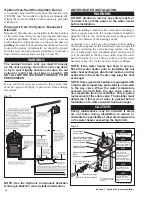



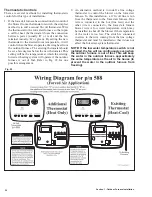
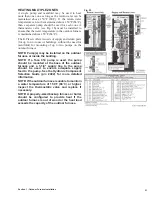

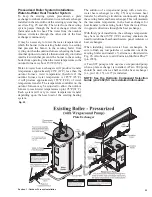

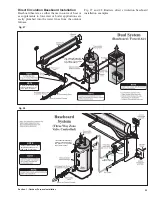


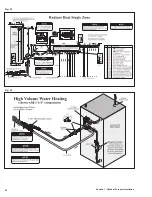

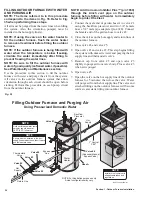
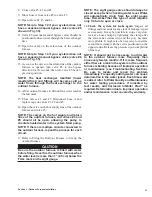
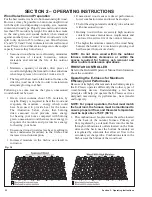
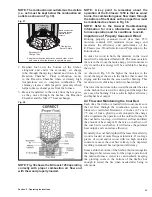


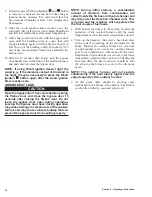

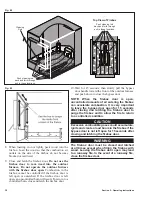

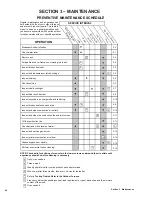



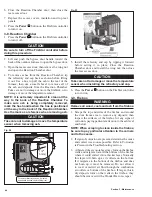















![Roberts Gorden Combat UHD[S] 150-400 Specifications preview](http://thumbs.mh-extra.com/thumbs/roberts-gorden/combat-uhd-s-150-400/combat-uhd-s-150-400_specifications_1469644-1.webp)

